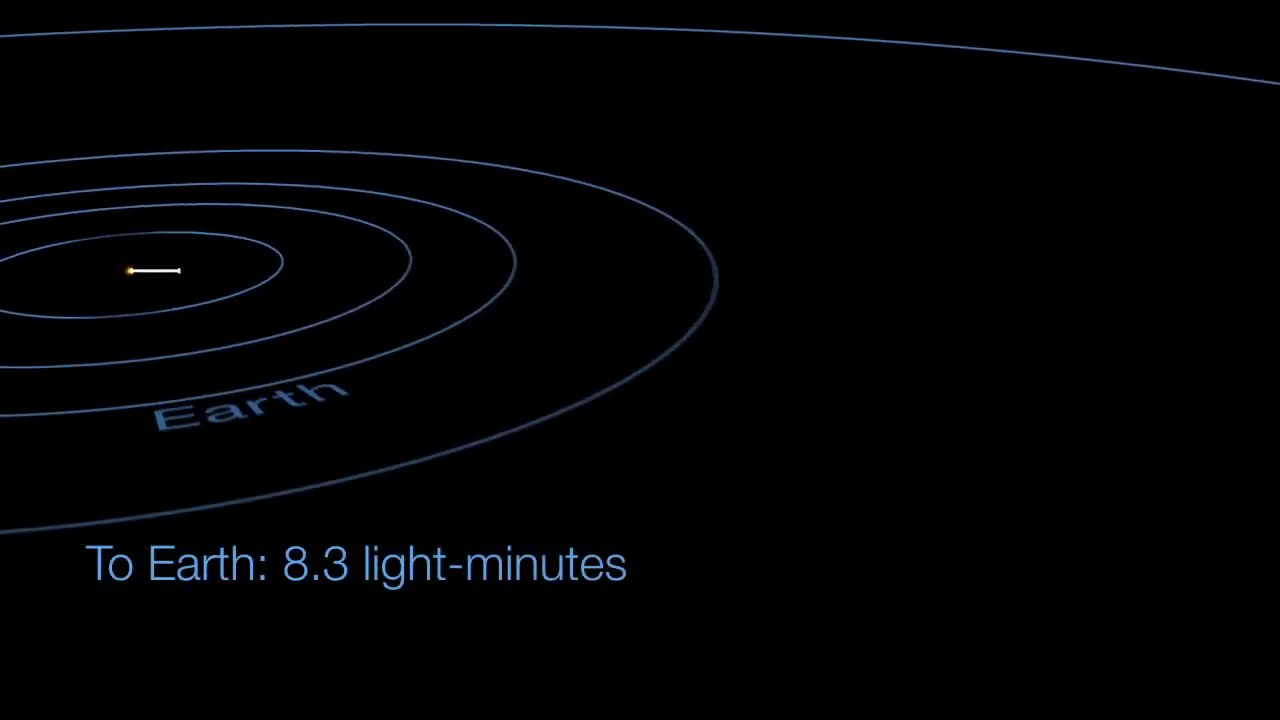Premium Only Content

Comparision of Light time across Milky Way Galaxy
To begin with, the Milky Way is enormous! Not only does it have a diameter of 100,000–120,000 light-years and a thickness of 1,000 light-years, but it also contains up to 400 billion stars.
With lengthy rotating arms extending over the sky, the Milky Way is a barred spiral galaxy that is around 13.6 billion years old.
The Perseus arm and the Scutum-Centaurus arm are likely the Milky Way’s two largest spiral arms, together with a number of lesser arms and spurs, according to astronomers. The Orion-Cygnus arm is the area between the two arms where the Solar System is situated. This arm splits off from the Sagittarius Arm at a distance of 10,000 light-years and a width of 3,500 light-years.
The Solar System is believed to be close to the galactic plane because the Milky Way splits the night sky into two about equal halves. The gas and dust that populate the galactic disc give the Milky Way’s surface a comparatively modest brightness. We are unable to glimpse the brilliant galactic core or properly perceive what is on the opposite side of it as a result.
Apart from that, you might be shocked to find that the Sun takes 250 million years to complete one rotation around the Milky Way; this is referred to as a “Galactic Year” or “Cosmic Year.” For a reference; there were still dinosaurs on Earth the previous time the Solar System was in this location in the Milky Way.
If the distance is so vast, how do we observe distant objects in universe?
Well, astronomers utilize light to observe distant objects. In fact, light even enables humans to travel in time!
A speed of almost 186,000 miles (300,000 kilometers) per second is the constant velocity of light. Accordingly, light can cover over 6 trillion miles (10 trillion kilometers) in a single year on Earth. This distance is measured in light years.
This implies that the length of time it takes for light from an object to reach us increases with its distance.
-
 23:05
23:05
Blackstone Griddles
13 hours agoEpisode 6 | Breakfast, Lunch, and Dinner
2.25K -
 1:12:00
1:12:00
The Car Guy Online
13 hours ago $0.80 earnedAutomakers EXPOSED, Whistleblowers SILENCED! NextGen Engineer Speaks Out!
4.45K2 -
 1:17
1:17
The Lou Holtz Show
13 hours agoThe Lou Holtz Show S2 EP16 | Hugh Freeze on Faith, Football & Restoring American Values #podcast
3K2 -
 LIVE
LIVE
BEK TV
22 hours agoTrent Loos in the Morning - 8/22/2025
208 watching -
 LIVE
LIVE
The Bubba Army
21 hours agoHogan's Death: Bubba Called it FIRST AGAIN! - Bubba the Love Sponge® Show | 8/22/25
3,149 watching -
 38:40
38:40
ZeeeMedia
16 hours agoMax Pace’s Crypto Revolution Story: Four Strategies to Win | Daily Pulse Ep 93
22K14 -
 2:16:46
2:16:46
"What Is Money?" Show
2 days agoBitcoin vs War, Violence, & Corruption w/ Gary Mahmoud
18.6K -
 28:33
28:33
DeVory Darkins
1 day ago $9.57 earnedNewsom suffers stunning EMBARRASSMENT as MAJOR retailer makes devastating announcement
27.5K62 -
 32:46
32:46
Coin Stories with Natalie Brunell
2 days agoInside Look at Strategy’s $70+ Billion Bitcoin Treasury
19.7K1 -
 8:21
8:21
MattMorseTV
17 hours ago $9.01 earnedTrump just SCORED a $500,000,000 LEGAL WIN.
118K44